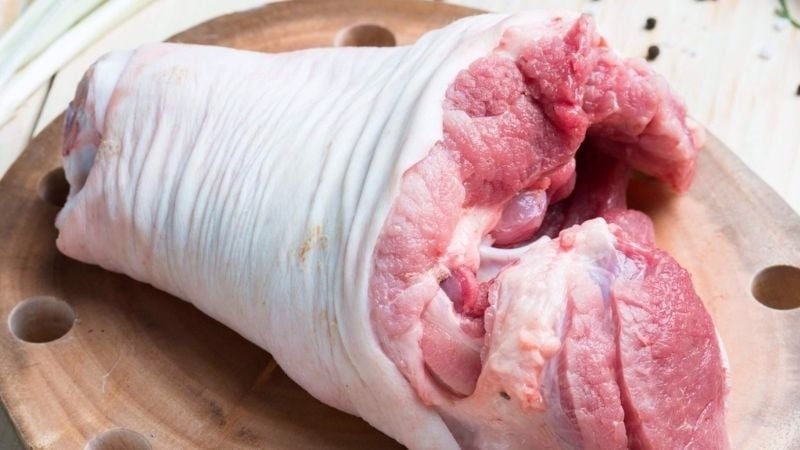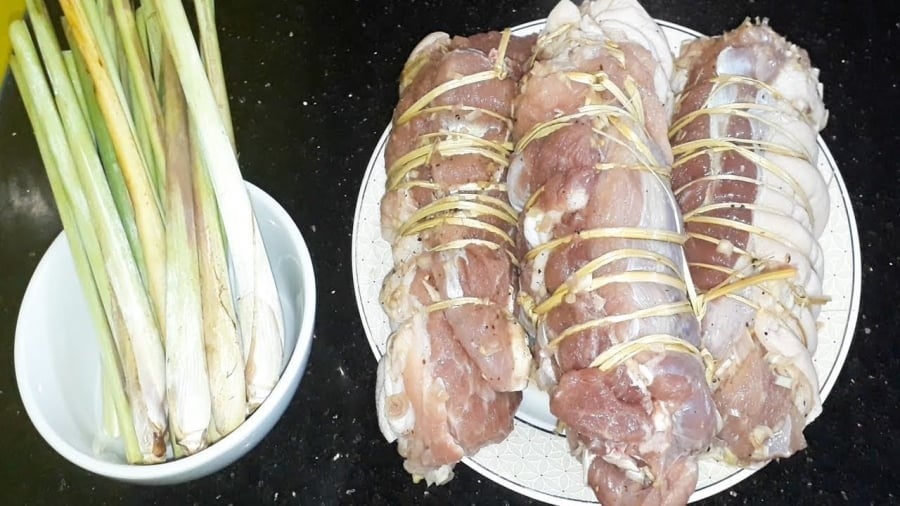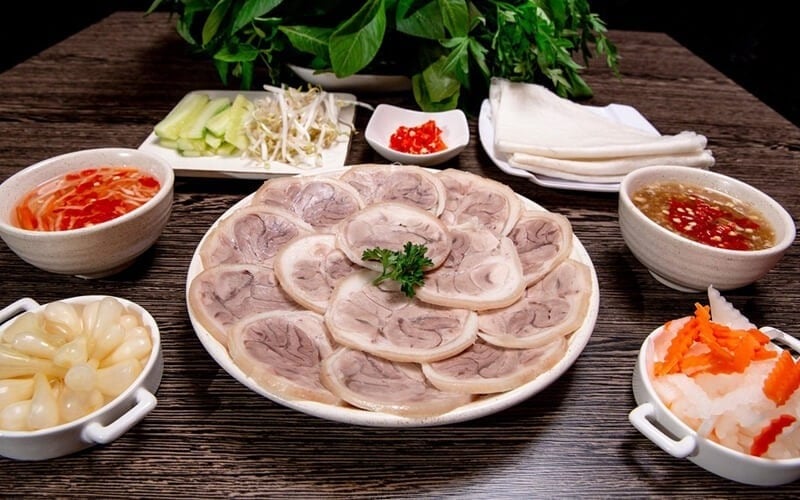A Guide to Choosing Fresh and Delicious Pork
Color and Scent of the Meat
One of the simplest ways to choose fresh pork is to examine its color and scent. High-quality pork usually ranges in color from light pink to deep red, and it should not have a putrid smell. When cutting the meat longitudinally, it should be dry, with resilient fibers, soft skin, and fat that is white to ivory in color. The meat should not have a strong oily smell, and when boiled, the broth should be clear with minimal grease and foam.

One of the simplest ways to choose fresh pork is to examine its color and scent.
Elasticity
Fresh pork usually has good elasticity. You can gently press the meat to test its elasticity; fresh meat will leave a slight indentation without retaining any marks once you lift your finger. The meat should be consistent, firm, and not slippery or exuding liquid. These are signs of good-quality pork.
Fat and Meat Layers
Delicious pork usually has a fat layer about 1.5-2 cm thick, and this fat is firmly attached to the lean meat. Thicker fat and skin layers often indicate that the pig was naturally raised, not force-fed for rapid weight gain.

Delicious pork usually boasts a fat layer of approximately 1.5-2 cm thickness, adhering firmly to the lean meat.
Method for Boiling Meat to Enhance Flavor and Eliminate Odor
Boiled pork is a common dish in family meals, often served with salted lemon, chili fish sauce, anchovy sauce, or fermented anchovy paste. To prepare delicious boiled pork without any unpleasant odor, follow these steps:
Rinse the meat with diluted salt water before boiling to disinfect and reduce any fishy smell. Opt for meat with a combination of lean and fat for a tastier boiled dish. Pork hock or belly pork often tastes better than pork loin or rump.
Add vinegar, lemon, fresh ginger, or shallots to the boiling water to enhance the flavor. Use soft strings to tie the meat before boiling. This helps the meat retain a nice shape and makes it easier to slice afterward. Tie along the length of the meat to create a round piece, facilitating horizontal slicing.
Why Boil the Meat Twice?
To ensure your boiled pork is tasty and odor-free, adopt the method of boiling the meat twice. For the initial boil, place the meat in a pot, add enough water to cover it, and bring to a boil for about 2-3 minutes. Add a few drops of vinegar or lemon juice to eliminate any unpleasant smell and make the meat look brighter. Then, discard this boiling water, rinse the meat with warm water, and prepare for the second boil.
In the second boil, have a pot of boiling water ready, and place the meat inside along with a little salt, a few slices of fresh ginger, and one peeled shallot. Simmer over low heat until the meat is thoroughly cooked. When the meat is done, it will turn a pristine white and emit a distinctive aroma.

To guarantee odorless and tasty boiled pork, adopt the technique of double boiling.
Eliminating the Meat’s Odor
Salt helps distribute flavor evenly, ginger removes any unpleasant smell, and shallots further enhance the flavor of the boiled pork. Ensure you simmer the meat over moderate heat until it is cooked through. To check, poke the meat with chopsticks; if there is still pink-colored liquid seeping out, continue cooking for about 5 more minutes. If the meat is cooked, the chopsticks will easily penetrate without any pink liquid.
Once the meat is cooked, remove it from the pot and soak it in a bowl of cold water with a few ice cubes. The cold water helps the meat contract and maintain its shape, preventing it from drying out and losing its color. When the meat has completely cooled, you can slice it for use.
For more even and attractive slices, chill the meat in the refrigerator for a few hours before cutting. Wrap the meat in plastic wrap and chill it in the fridge to make it firmer and easier to cut.

































